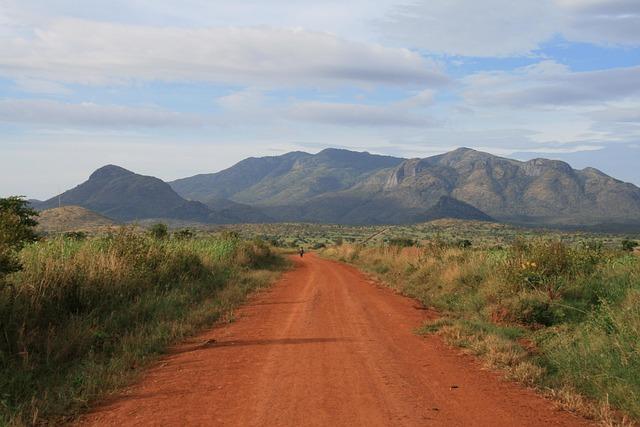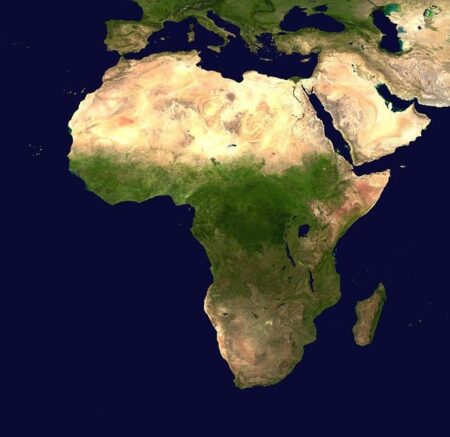In teh heart of Africa’s tumultuous Great Lakes region, the democratic Republic of the Congo (DRC) has long been a focal point of conflict, marked by a complex interplay of ethnic tensions, political strife, and competition for resources. Amidst this chaos, Uganda has emerged as a quiet yet influential actor, shaping the dynamics of the eastern DRC conflict in ways that ofen go unnoticed.This article delves into the intricate relationship between Uganda and its neighbor, exploring how historical ties, strategic interests, and regional alliances have positioned Uganda as a key player in the ongoing turmoil. As tensions rise and peace efforts falter, understanding Uganda’s role is crucial to unraveling the broader implications for stability in the region and the humanitarian crisis that continues to unfold. Join us as we investigate the nuances of Uganda’s involvement and its impact on the Eastern DRC conflict.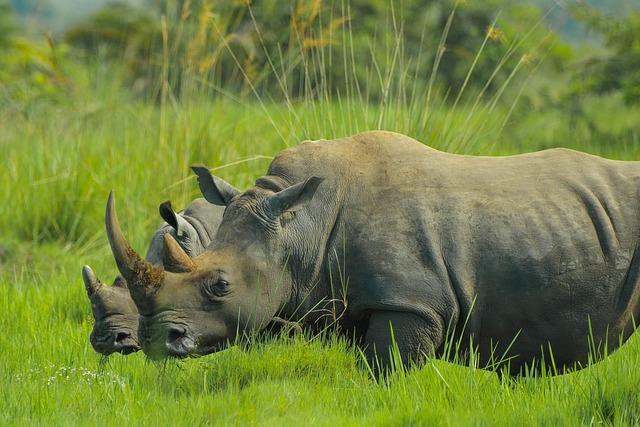
Uganda’s Strategic Role in the Eastern DRC Conflict
Uganda has emerged as a meaningful player in the ongoing conflict in the eastern Democratic Republic of the Congo (DRC), predominantly driven by a blend of historical ties, security concerns, and economic interests. The lengthy border shared by Uganda and the DRC has facilitated both cooperation and conflict over the years.As numerous rebel groups operate within the eastern DRC,Uganda has strategically positioned itself to exert influence while also addressing its own national security needs. This has included military interventions, diplomatic initiatives, and support for various factions and peacekeeping efforts aimed at stabilizing the volatile region.
In addition to its military presence, Uganda’s role is underscored by key factors that highlight its strategic importance in the eastern DRC conflict:
- Resource Management: The DRC is rich in minerals such as gold, coltan, and diamonds, which have drawn Ugandan interests seeking beneficial trade agreements.
- Counterterrorism Efforts: Uganda’s involvement is also closely linked to its efforts to combat extremist groups that pose threats to regional stability.
- Diplomatic leverage: By engaging wiht various stakeholders, Uganda can position itself as a mediator, thus enhancing its influence in both regional and international politics.
| key Factors | Impact on Conflict |
|---|---|
| Historical ties with armed groups | Source of both conflict and mediation |
| Economic interests in resource extraction | Incentivizes stability for better trade |
| Regional security partnerships | strengthens military collaboration |
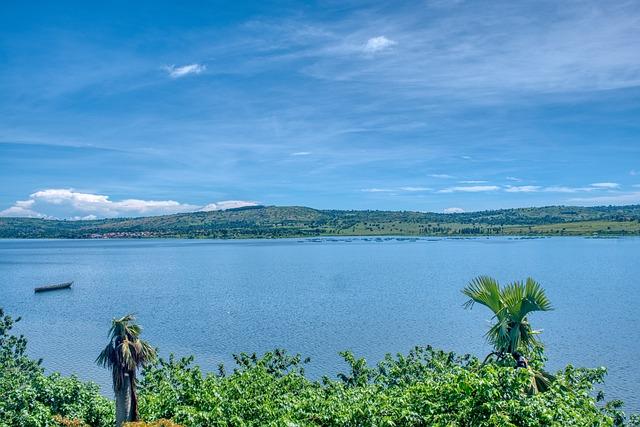
Historical Context of Uganda’s Involvement in Regional Turmoil
The historical landscape of Uganda’s involvement in regional conflicts, notably in the eastern Democratic Republic of Congo (DRC), is intricately woven with a tapestry of colonial legacies, post-independence strife, and the consequences of a power vacuum following the Rwandan Genocide in the 1990s. The chaotic aftermath of this massacre led to a surge in armed groups proliferating in the eastern DRC, creating fertile grounds for external influences, notably from Uganda. This period marked Uganda’s rising prominence as both a stabilizing force and a controversial actor,as it sought to exert control over resource-rich areas,asserting its geopolitical interests amidst a backdrop of ethnic tensions and rival militias.
Key factors shaping Uganda’s actions in the region include:
- Geostrategic Interests: Control of trade routes and access to minerals.
- Historical Ties: Long-standing political and military alliances with various rebel groups.
- Security Concerns: Addressing threats posed by opposed elements from the DRC’s territories.
Moreover,Uganda’s military incursions into the DRC,especially during the Second Congo War (1998-2003),facilitated both military advantages and deepened involvement in local politics. Despite the widespread criticisms of Uganda’s presence, which often included accusations of human rights abuses, the Ugandan government has remained steadfast in portraying its actions as necessary for regional stability. The ongoing conflict highlights the complex interplay between national imperatives and the broader regional dynamics,demonstrating how Uganda,at times,operates in the shadows as a “quiet power” amid escalating turmoil.
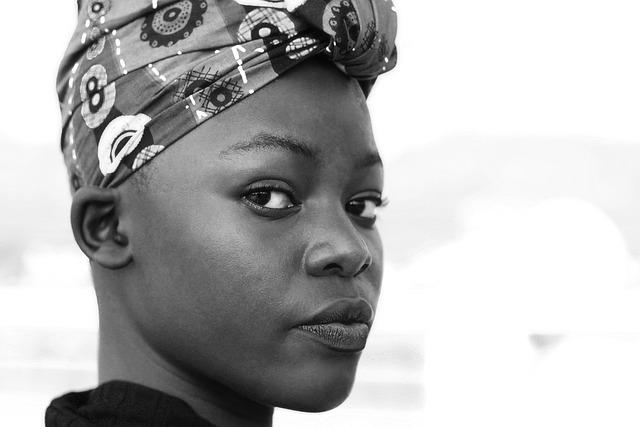
The Impact of Ugandan Policy on Local Armed Groups
In recent years, Uganda’s influence in the eastern Democratic Republic of the Congo (DRC) has become increasingly evident, particularly concerning local armed groups that operate in this volatile region. Ugandan policies, often characterized by a dual approach of military intervention and diplomatic negotiations, have significantly shaped the actions and allegiances of these factions. This impact manifests in various ways, including:
- Military support: Uganda’s provision of training and logistics to certain groups can shift the balance of power, enabling them to assert control over territories.
- Political maneuvering: By fostering relationships with local leaders, Uganda can influence decision-making processes, pushing for stability that benefits both Ugandan and local interests.
- Conflict mediation: Uganda often steps in as a mediator in peace agreements, which can recalibrate the dynamics among rival factions.
The ripple effects of Uganda’s policies on armed groups in the eastern DRC are profound. As these groups respond to external pressures and internal aspirations, Uganda remains a key player in their evolution. The resulting landscape is a complex interplay of cooperation and competition among various entities, which may include:
| Local Armed Group | Allegiance Dynamics | Uganda’s Role |
|---|---|---|
| Allied Democratic Forces (ADF) | Strained relations with Uganda | Military Operations |
| democratic Forces for the Liberation of Congo (FDLR) | Opposition to Ugandan interests | Intelligence Gathering |
| Mayi-Mayi militias | Varied allegiances based on region | Negotiation Facilitation |
by leveraging both military might and diplomatic channels, Uganda’s policies continue to shape not only the strategies of local armed groups but also the overall trajectory of the eastern DRC conflict. The outcomes of these influences could ultimately redefine regional security dynamics, presenting both challenges and opportunities for stakeholders involved.

humanitarian Consequences for Civilians in Eastern DRC
The ongoing conflict in Eastern Democratic Republic of Congo (DRC) has wrought significant humanitarian consequences for the civilian population, who find themselves caught in the crossfire of armed groups vying for control. Between violence, displacement, and systemic poverty, the lives of these individuals have been dramatically altered. Civilians face daily threats, including indiscriminate attacks, forced recruitment of children into armed factions, and limited access to essential services such as healthcare and education.
As an inevitable result, a staggering number of individuals have been displaced, with many seeking refuge in neighboring communities or countries. The humanitarian crisis has intensified, leading to urgent needs for food, clean water, and shelter.According to recent reports,the following consequences have emerged:
- Displacement: Over 5 million people are currently internally displaced.
- Morbidity: Disease outbreaks such as cholera and measles have surged due to inadequate healthcare access.
- Food Insecurity: An estimated 27 million individuals face chronic food shortages.
- Women and Children: Reports indicate increased incidents of sexual violence and exploitation.
The situation remains dire, as humanitarian organizations struggle to provide adequate support amid ongoing violence. Efforts to stabilize the region, including peace negotiations and the establishment of protective measures for civilians, are essential to alleviate the suffering endured by millions. However, the complex web of local and regional dynamics complicates these initiatives, making immediate and coordinated responses crucial to addressing the escalating crisis.
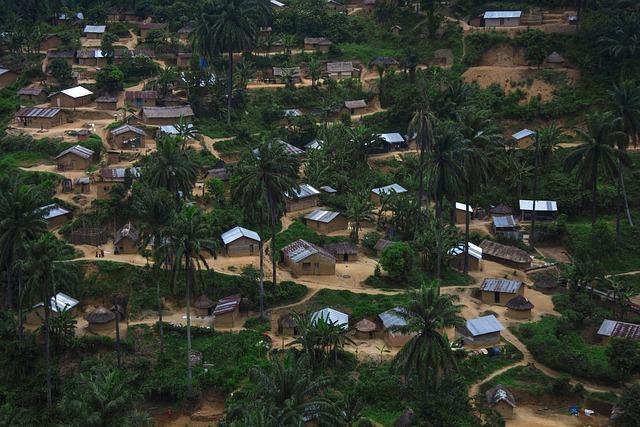
Recommendations for a Collaborative Regional Approach
To address the complexities of the eastern DRC conflict, a unified approach among regional stakeholders is paramount. Engaging in targeted diplomatic dialog and forming collaborative frameworks can enhance mutual understanding and facilitate sustainable peace. Key strategies might include:
- Regular Multilateral Meetings: Frequent engagement between Uganda, the DRC, and other neighboring countries to discuss security concerns and humanitarian efforts.
- Joint Military Operations: Coordination of military forces from involved nations to combat armed groups operating across borders, ensuring stability in the region.
- Resource Sharing Agreements: Creating accords to share intelligence,logistics,and resources,which can bolster the capacity of local forces against insurgency.
Furthermore, fostering economic cooperation can serve as a critical pillar in building lasting relationships among the countries. Establishing trade zones and infrastructural projects can promote interdependence and decrease the likelihood of conflict. In this context, initiatives may include:
| Initiative | Description | Expected Outcome |
|---|---|---|
| cross-Border Trade Zones | establish trade hubs that enhance legitimate economic exchanges. | Reduction in smuggling and promote economic stability. |
| Joint Infrastructure Projects | Collaborative investments in roads and transportation. | Improved access to markets and enhanced regional connectivity. |
| Cultural Exchange Programs | Facilitate interactions between communities across borders. | Strengthened ties and greater public understanding. |
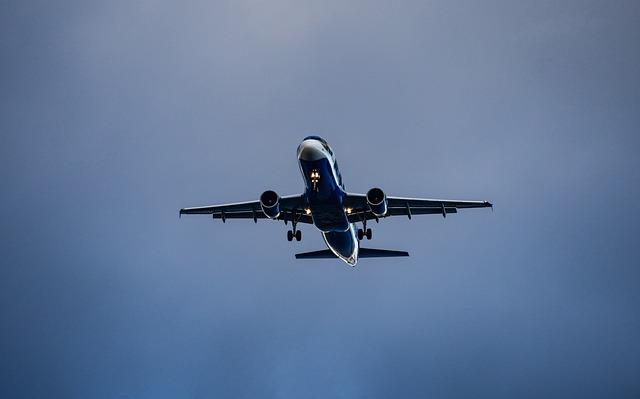
The Future of Uganda-DRC Relations and peacebuilding Efforts
As the intricate web of politics and conflict in the eastern Democratic Republic of the Congo (DRC) continues to unfold, Uganda’s role as a potential stabilizing force becomes increasingly significant. With a history marked by both cooperation and tension, Uganda has now positioned itself as a key player in the quest for peace in the region. This evolving relationship is underscored by efforts that include:
- Diplomatic Engagement: Uganda has engaged in high-level discussions with DRC officials to foster understanding and cooperation.
- Military Cooperation: Joint military operations against shared threats, particularly armed groups causing instability in both countries.
- Humanitarian Initiatives: Programs aimed at addressing the needs of refugees and internally displaced persons.
Looking ahead, the potential for enhanced Uganda-DRC relations hinges on several factors.Regional stability can be bolstered through collaborative frameworks that leverage both nations’ resources and insights. Key pillars for future partnership may include:
| Focus Area | potential Initiatives |
|---|---|
| Security cooperation | Integrated defense strategies and intelligence sharing. |
| Economic Ties | trade agreements fostering mutual development. |
| Cultural Exchange | Programs to promote understanding and unity among citizens. |

Closing Remarks
Uganda’s intricate role in the ongoing conflict in the eastern Democratic Republic of the Congo is a testament to the complexities of regional geopolitics and historical grievances. while often overshadowed by more prominent actors, Uganda’s influence in the area is notable, shaped by a mix of military involvement, economic interests, and humanitarian considerations. As the DRC grapples with persistent instability and violence, understanding Uganda’s motivations and actions is essential to unpacking the broader regional dynamics at play. The quiet power wielded by Uganda highlights the need for thorough dialogues and diplomatic efforts to forge lasting peace in a region still haunted by the echoes of conflict. As this narrative unfolds, it prompts the international community to reconsider how it engages with both Uganda and the DRC, seeking pathways that prioritize constructive cooperation and stability in Eastern Africa.

